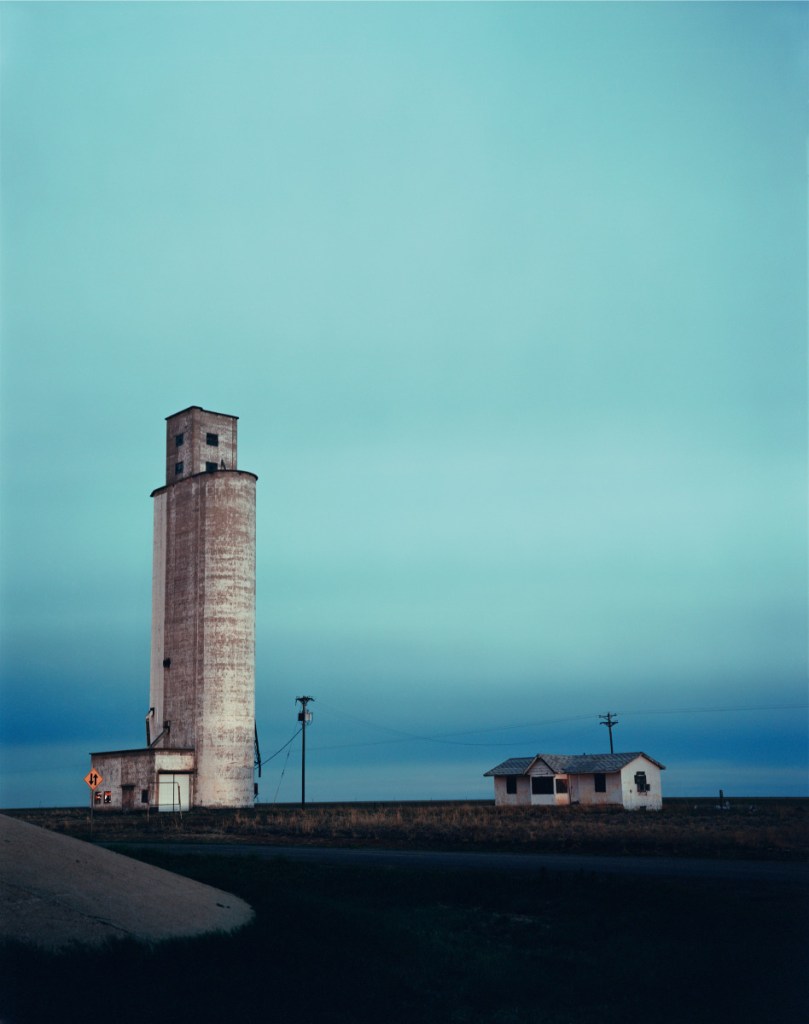Photographs, when taken by artists with knowing eyes for qualities like composition, lighting, and perspective, can tell truly evocative stories.
Duke’s Nasher Museum of Art, which will celebrate its 20th anniversary this fall, is commemorating its connection to this creative discipline with a new exhibit that shines a light on its history of collecting and showcasing outstanding photographic art. That exhibit, Coming Into Focus: A Snapshot of Photography at the Nasher, opened last week and runs through early January 2026.
“It began with the planning of celebrating the 20th anniversary of the institution,” explains Chief Curator Marshall Price, who co-curated the exhibit along with his colleague Associate Curator Ellen Raimond, on how the show was initially conceived. “We were also wrapping up a major photography gift from a donor. So, we thought, what a great way to both highlight the collection and the history of collecting photography here at the museum, and also a way to highlight this huge gift.”
Coming Into Focus includes 205 pieces, which Price and Raimond chose to highlight from the museum’s current collection of 2,000-plus photographs. The trove has more than doubled since the donation of more than 1,500 photographs by Duke alumni Linda and Charles Googe over the past five years, a collection that includes numerous works by the “best-known practitioners from the nineteenth and twentieth centuries,” per the museum website.
“We did a survey of the entire photo collection,” Price tells the INDY. “We were looking for images that are really compelling and speak to us. We were looking to tell certain narratives, such as works all from one particular artist or from one particular geographical place.”
“Then there were those outlier pieces that are maybe quirky, but that we both love and wanted to include,” he continues. “The curatorial process wasn’t so much an intellectual process as it was a celebratory process to showcase what we love about this collection.”
Three days before the show’s opening, Raimond was gracious enough to walk me through a preview of the show. I felt dazzled by the breadth of the presentation: Coming Into Focus showcases a vast sweep of chronological eras, geographical locales, and photography styles.
Represented artists include household names such as Gordon Parks, Cindy Sherman, and Andy Warhol, along with works by more under-the-radar photographers. An in-your-face portrait of a defiant-looking Nancy Spungen, taken by Mary Ellen Mark, jumped out at me at one moment; in the next, I felt drawn to a moody, violet-toned seascape image from the American West, captured by David Benjamin Sherry.

University.
“First, we began by just picking the works we were most drawn to; the most compelling, the most striking,” Raimond says of how she and Price went about grouping photos. “From what was chosen, some groupings emerged. For example, we have a great section of advertisement images. And then there’s a group that’s like, ‘men hanging out.’”
Other thematic groupings that materialized, Raimond says, were photographs of retail, Americana, and documentary style work.
A few other standout pieces from the show include Henry Horenstein’s 1972 backstage shot of Dolly Parton, which comes off in an intimate way as to render the country star almost shy, in an un-Dollyesque way, and Barkley L. Hendricks’s playful pop art image of a cartoon Wonder Woman standing opposite an array of jars filled with candy. But to single these and the above-mentioned selections out is to only scratch the surface of the expansive, variegated full exhibit.

“It’s not a chronological hang,” Raimond continues. “The exhibit is inviting people to make connections across space and geography.”
Raimond says that this show represents the largest collection of photographs the Nasher has ever had on display at a given time, and likely the most the museum ever will exhibit at once. The full project has taken her and Price approximately two years to complete.
“I can’t breathe, because every time I’m in here I want to pass out from excitement,” Raimond says. “People will ask me which piece is my favorite, and that’s like asking someone which is their favorite child.”
After taking in the preview, I now hunger for the opportunity to go back in and view the show more slowly and fully, to get the comprehensive experience of absorbing the exhibit’s total panorama.
“We’ve got things from the dawn of photography to today,” Price says of what he hopes viewers can take away from the show. “Photography can tell stories like no other medium can. The show isn’t heavy-handed or didactic. It’s meant to be celebratory.”
Raimond, for her part, says that she hopes viewers will “feel the thrill of photography.”
“Hopefully, all of these works invite further scrutiny,” she says. “They’ll force you to slow down and try to understand what emotions and thoughts the photographers were trying to evoke.”
To comment on this story, email [email protected].
